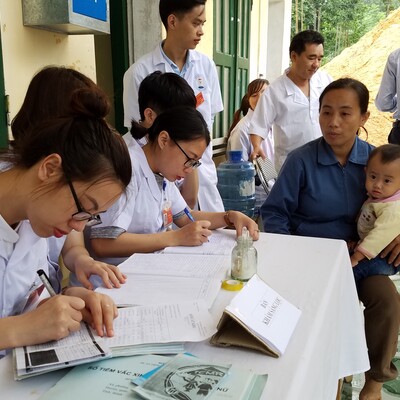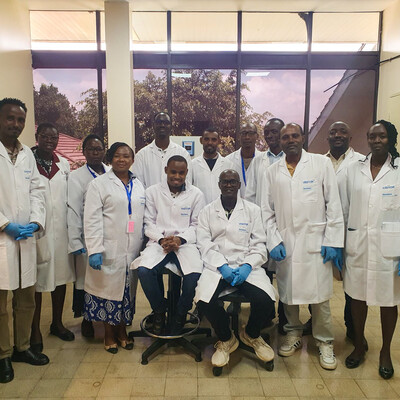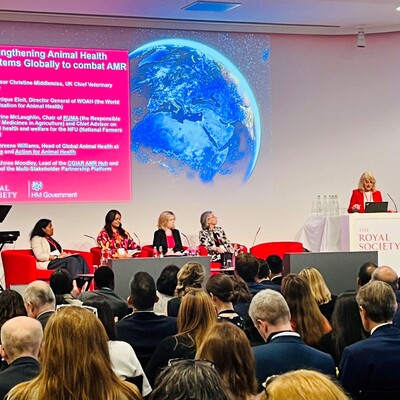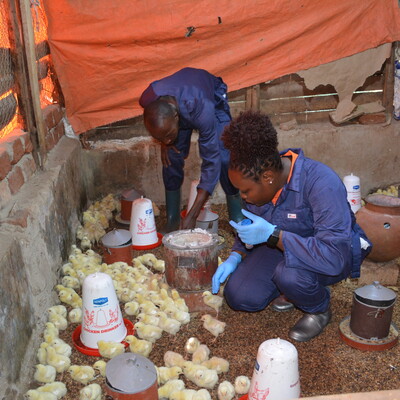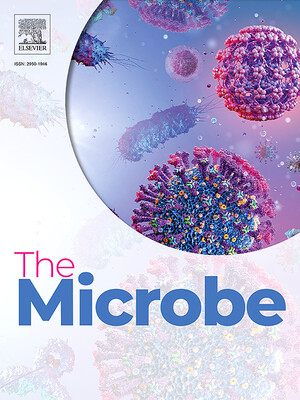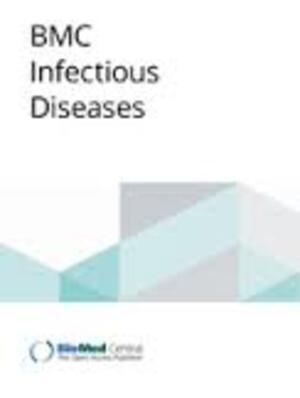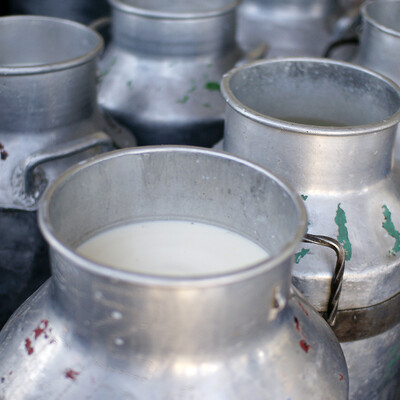
Overuse and misuse of antibiotics – a problem driven by the world’s poor and rich alike
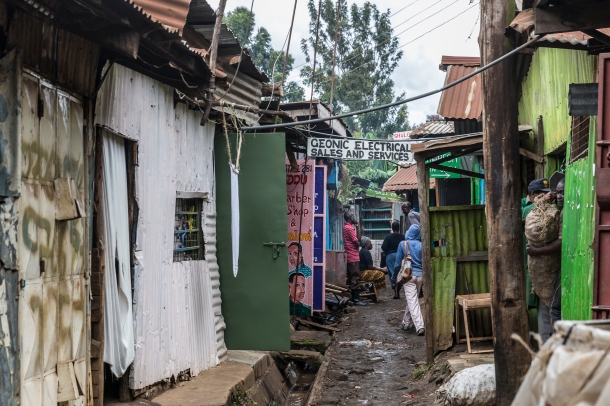
Kibera slum alley (photo via Flickr/Ninara)
As reported this week by Andrew Jacobs and Matt Richtel in the New York Times, ‘Kibera residents are prodigious consumers of antibiotics’.
Kibera area, one of Africa’s largest urban slums, is located in Nairobi, Kenya, with a population of around one million. Most people in the slum lack access to running water, electricity and medical care. Diseases caused by poor hygiene are prevalent.
Antibiotic resistance isn’t just a rich-country problem; it’s a global threat to us all. And the overuse and misuse of antibiotics that is helping to fuel resistance to antibiotic treatments is also not just a rich-country problem.
Consider Sharon Mbone, the Kibera resident described in the New York Times article. With no money to see a doctor to help her 22-month-old son recover from a fever, diarrhea and vomiting, she did what most mothers would do in her circumstance—she visited a small shopkeeper near her who, without a pharmacist degree or medical training, sold her two antibiotics which cost her Kshs.1,500 (USD15).
‘Antibiotic resistance is a global threat’, say the reporters, ‘but it is often viewed as a problem in rich countries, where comfortably insured patients rush to the doctor to demand prescriptions at the slightest hint of a cough or cold.’
That view is mistaken. As pointed out in the New York Time article: ‘Kibera residents are prodigious consumers of antibiotics. One study found that 90 percent of households in Kibera had used antibiotics in the previous year, compared with about 17 percent for the typical American family. . . .
‘Sam Kariuki, a researcher at the Kenya Medical Research Institute who has been studying resistance for two decades, said nearly 70 percent of salmonella infections in Kenya had stopped responding to the most widely available antibiotics, up from 45 percent in the early 2000s. “Salmonella kills roughly 45,000 Kenyan children every year, or nearly one in three who fall severely ill with it,” he said. In the United States, the mortality rate is close to zero.
‘We are quickly running out of treatment options and if we don’t get a handle on the problem, I fear for the future,’ said Professor Kariuki.
‘. . . Ms. Mbone and her husband have become inured to the sight and smell of untreated sewage that flows in front of their one-room shack. With no other place to play, their son, Shane and his 3-year-old sister sometimes end up frolicking in the muck. “They are kids, they will always go outside to play,” said Ms. Mbone, 19. “How can you stop them?”’
Read the whole article by Andrew Jacobs and Matt Richtel, In a poor Kenyan community, cheap antibiotics fuel deadly drug-resistant infections, New York Times, 7 April 2019.
Watch Sam Kariuki, director of research and development at the Kenya Medical Research Institute (KEMRI), talk about the challenges of tackling AMR in Kenya and the importance of the CGIAR AMR hub, which was launched on the 21 Feb 2019 at ILRI in Nairobi.
Visit the new CGIAR AMR Hub website for information about what developing-world agricultural scientists are doing to help stem the rise of antibiotic resistance.







